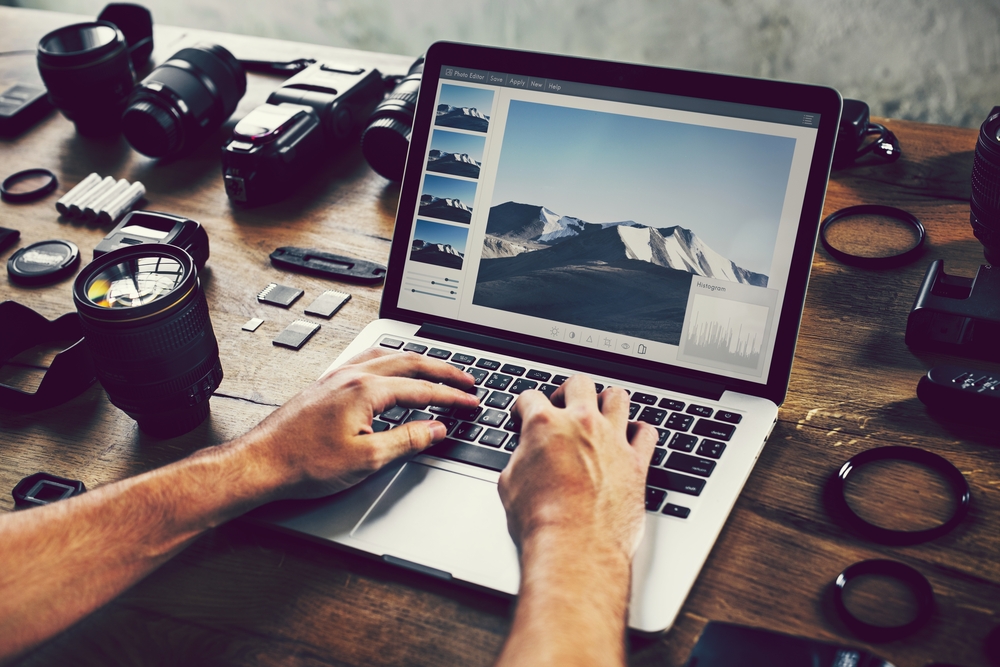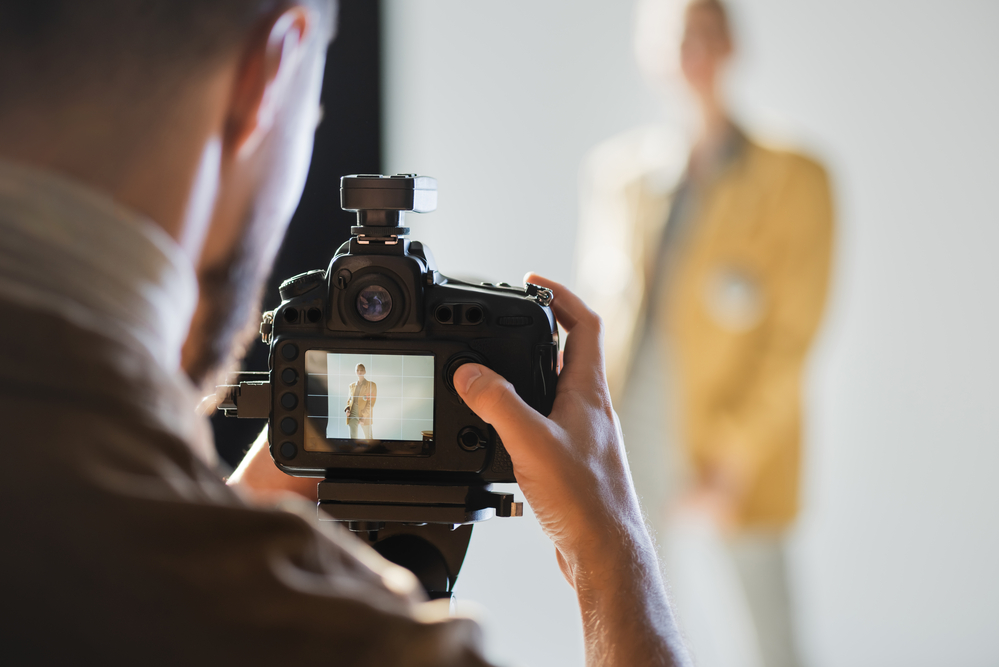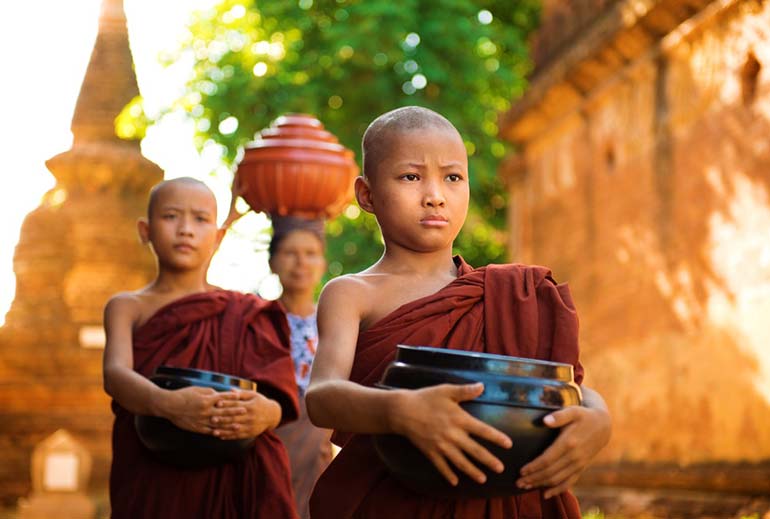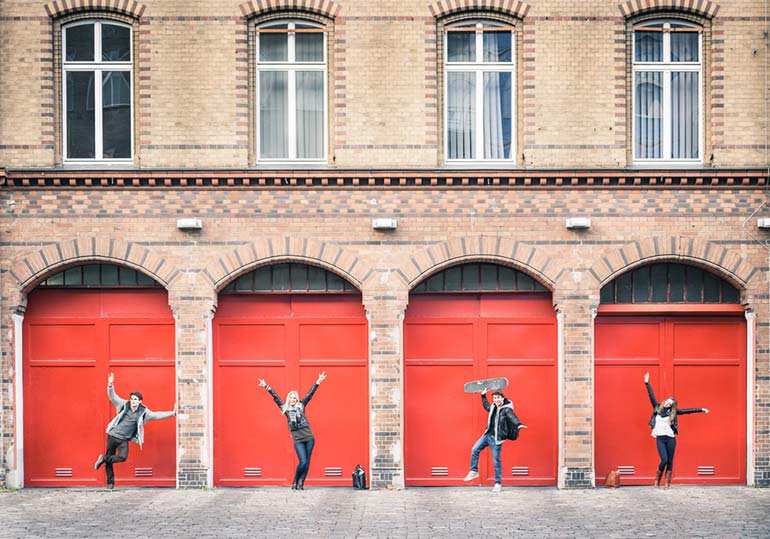How Much Does It Cost to Make Stock Photography?
Have you ever wondered how much those amazing photos you just downloaded for your newsletter or website really cost? If you were really getting a great price or whether you were paying too much? If so, you’re not alone. The ubiquity of smartphone cameras make it seem like anyone can get fantastic shots, so why pay for them?
Believe it or not, the prices you pay for stock photos – especially micro stock photos – are an absolutely incredible deal. So much so that most stock photographers aren’t really getting their fair share. Here’s why:
1. Camera gear is expensive
To begin with, excellent photography is expensive, the most obvious cost being a photographer’s investment in gear. To be competitive, one needs a fairly high-end camera – something that can your photos hold their own against the thousands of other great photos out there. Not only does the camera have to measure up, but also the lenses, extra hard drives, tripods, etc. For serious photographers, this can easily be thousands of dollars. Of course, there are a few successful stock photographers who manage to make decent sales with lesser cameras, but these are the lucky few.
2. There’s more to stock photography than taking pictures
Beyond the gear, you’re also paying for a considerable amount of time and talent. Excellent photos aren’t as easy to create as one might think, especially when making them fit a variety of marketing contexts. From the elements of composition to how to best use negative space, stock photographers need to have a running understanding of what will sell and how to best create it.
To get to this place, most invest in some sort of education and learning. Many photographers have fine arts degrees. Others use internet courses, Youtube, and photography forums. Either way, they have to learn how best to use their gear, stay up to date with changing trends, and master their post-processing skills. All of this takes a substantial amount of time and if you invest in courses, money.
3. Studio, lighting, props, and models are additional costs
Another factor is that much more goes into creating a great stock photo than meets the eye. Oftentimes models and props have to be found. If it’s not an outdoor shot, then there’s studio usage and lighting gear to be taken into consideration. All of this can make just an hour of shooting cost the photographer hundreds of dollars, especially if they don’t already own the studio and/or lighting gear. Want the studio, lighting, props, and models, a models’ clothing for longer than an hour or two? Easily thousands of dollars. Sure, a person can do it on a shoestring budget – maybe find a friend or two to model and create or scrounge all the props, but this still costs in time.
4. Photography requires hours of work and education
Once a photographer has all the elements together – the location, the model, the props, and the gear – then there’s the time it takes to get the perfect lighting and take the shots. After that, there’s post-processing the images, keywording, uploading, and choosing the categories on each of the stock sites. Even if you’ve bought special software to streamline the keywording and uploading, it’s still many hours of work.
Finally, there’s the issue of on-going education. To really make it in the stock photography world you need to stay on top of the current trends, editing software (like whether you should buy Lightroom now that Adobe requires a subscription or look for an alternative), and keeping up with the latest in gear and technology. (Not necessarily buying it, but knowing what’s out there and how it’s being used – like how AI is changing the photography world right now.)
At the end of the day, stock photos are ludicrously cheap for the work that goes into them and very few photographers can live off stock photo income alone. If anything, they’re getting underpaid, not overpaid.
If you’re still wondering if stock photos are expensive, try testing it out. Hire a photographer for a couple of hours for some rights-exclusive photos and see what the price actually comes to. Or try making the images yourself. You may well find a new appreciation for the art of creating excellent stock photography.









